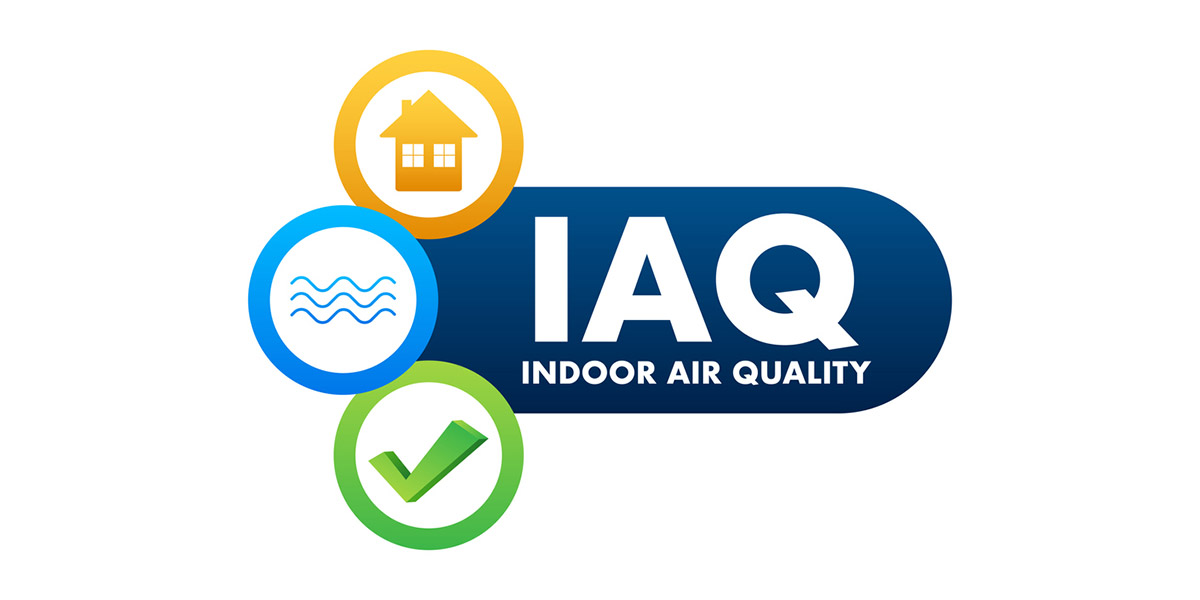It’s never too early to start tax planning for 2025! With Arizona’s scorching summer temperatures on the way, energy-efficient HVAC systems are essential for homeowners to keep utility bills under control while maintaining comfort. Fortunately, there are numerous federal tax credits and local utility rebate programs available that can significantly offset the costs of investing in new high-efficiency heating and cooling equipment or home energy upgrades. Here are some of the top opportunities you should take advantage of.
Federal Tax Credits
The Inflation Reduction Act, passed in 2022, extended and expanded several tax credit opportunities related to HVAC, insulation, windows, and other home efficiency projects. Through 2032, homeowners can claim:
- Up to $600 tax credit for energy-efficient central AC, air-source heat pumps, and natural gas furnaces.
- Up to $600 credit for water heaters, biomass stoves, and electric panels.
- Up to $1,200 annual credit for insulation, exterior windows, skylights, and exterior doors.
To qualify, HVAC equipment and other components must meet specific energy efficiency ratings. Installation costs are covered with no cap on total credits claimed for eligible projects.
SRP Residential Rebates
Salt River Project offers several HVAC rebates for its residential electric customers: $200 per double HVAC load, $85/ton for variable speed AC units, and $150 for ENERGY STAR multi-split systems with ratings of 19+ SEER. There are also rebates for room ACs, insulation, windows, and whole-home energy efficiency upgrades. This is an easy way for you to upgrade your HVAC system and take advantage of these rebates.
APS Coolcash Incentives
Arizona Public Service’s incentive program provides rebates for replacing central AC units with advanced 16+ SEER air conditioners or heat pumps. The cash back amounts range from $280 to $725 based on the new system’s efficiency rating. APS also offers discounts on window AC units, duct repairs, and insulation.
Get in Touch with Bruce’s HVAC Experts Today
With summer right around the corner, you know as an Arizona homeowner that you pay a premium to keep things cool. Don’t miss out on these phenomenal tax credits and rebates that can save you thousands when upgrading your home’s HVAC. Check qualifications, file for credits at tax time, and reap the savings over the long-term by reaching out to your knowledgeable local experts at Bruce’s Air Conditioning & Heating. Call us today at 480-968-5652 to schedule your appointment.
















